Home>Construction & Tools>Building Materials>How To Clean Soot Off Of Brick
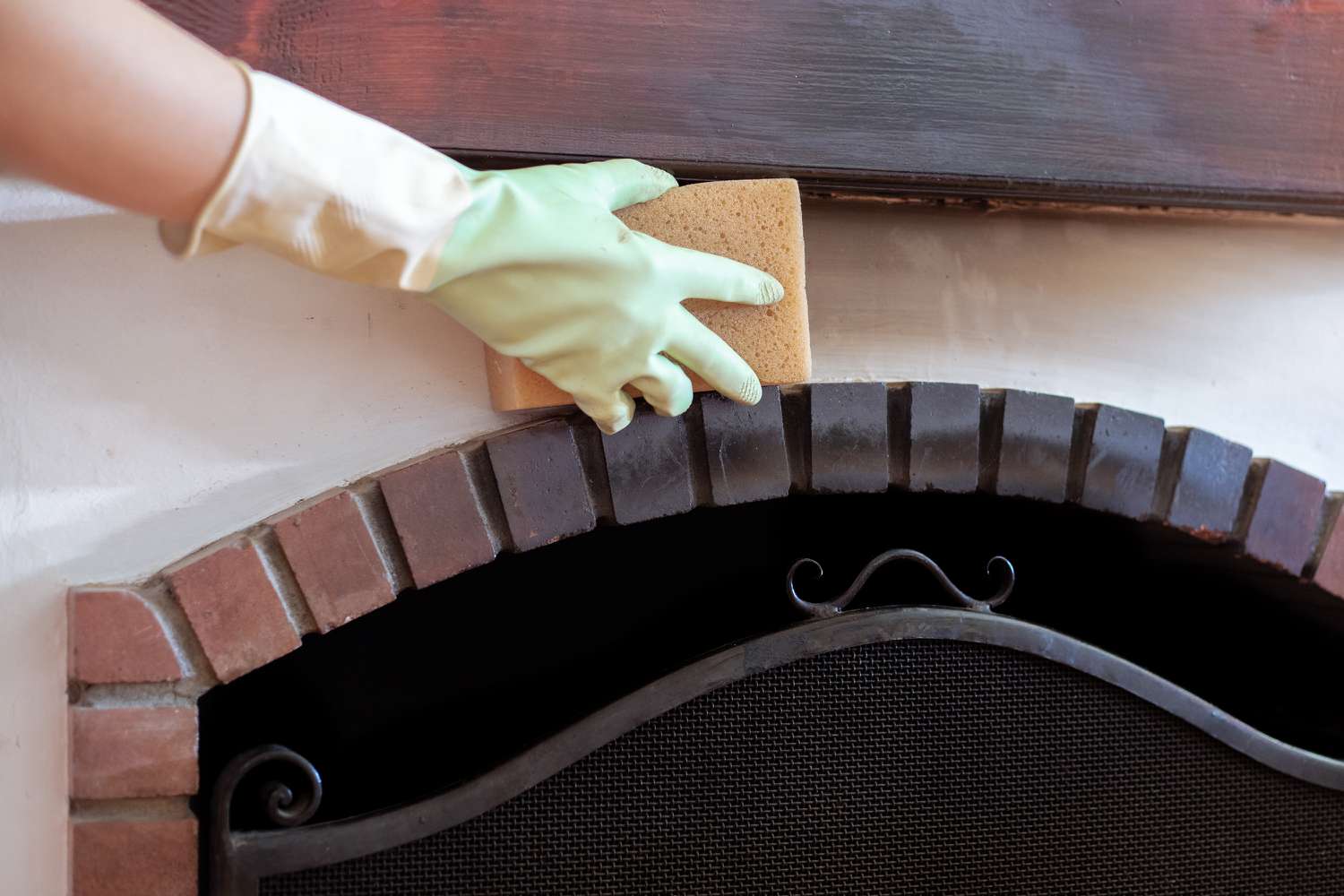

Building Materials
How To Clean Soot Off Of Brick
Published: January 22, 2024
Learn effective methods for cleaning soot off brick surfaces. Discover safe techniques for maintaining building materials. Keep your property looking its best.
(Many of the links in this article redirect to a specific reviewed product. Your purchase of these products through affiliate links helps to generate commission for Storables.com, at no extra cost. Learn more)
Introduction
Welcome to the comprehensive guide on how to clean soot off of brick. Soot, the black residue left behind by the incomplete combustion of organic materials, can mar the appearance of your beautiful brick surfaces. Whether it’s from a fireplace, a barbecue, or any other source, soot can be a stubborn and unsightly invader. However, fear not! With the right tools, techniques, and a little elbow grease, you can restore your brick to its former glory.
In this article, we will delve into the nature of soot, the preparation required before cleaning, various cleaning methods, the use of cleaning solutions, and the final touches to ensure a job well done. By the end, you’ll be equipped with the knowledge to tackle soot stains with confidence and keep your brick looking pristine for years to come.
Key Takeaways:
- Soot, a black residue from incomplete burning, can be removed from brick with proper tools and techniques. Understanding soot’s nature and preparing the area are crucial for effective cleaning.
- Choosing the right cleaning method and solution is essential for removing soot from brick. After cleaning, consider sealing the brick and establishing a maintenance routine for long-term upkeep.
Read more: How To Clean Soot Off Fireplace Brick
Understanding Soot
Before diving into the cleaning process, it’s important to understand what exactly you’re dealing with. Soot is a black powdery or flaky substance consisting largely of amorphous carbon, produced by the incomplete burning of organic matter. It can be the byproduct of various sources such as fireplaces, wood-burning stoves, candles, or even vehicle exhaust.
When soot comes into contact with brick surfaces, it can adhere tightly, making it a challenge to remove. Additionally, soot may contain various compounds, including tar, ash, and other particulate matter, which can further complicate the cleaning process. Understanding the composition of soot helps in selecting the most effective cleaning methods and solutions.
Furthermore, it’s essential to consider the porosity of brick. Brick surfaces are porous, meaning they contain tiny open pores that can trap and hold soot particles. This porosity can make soot removal more challenging, as the particles can penetrate deeply into the surface. The type of brick, whether smooth or textured, also influences the cleaning approach.
By comprehending the nature of soot and its interaction with brick, you can tailor your cleaning strategy to effectively tackle the specific characteristics of the stains. In the following sections, we will explore the preparatory steps and cleaning methods best suited for addressing soot on brick surfaces.
Preparing to Clean
Before embarking on the journey to banish soot from your brick surfaces, it’s crucial to make adequate preparations. Proper preparation not only ensures a more effective cleaning process but also helps to safeguard the surrounding areas and minimize potential damage to the brick. Here’s how to get ready:
- Gather Your Supplies: Assemble the necessary cleaning supplies, including a stiff-bristled brush, a vacuum with a brush attachment, mild dish soap, a bucket, clean water, protective gloves, safety goggles, and a drop cloth or plastic sheeting to protect nearby surfaces from splatters and drips.
- Inspect the Area: Assess the extent of the soot accumulation and identify any areas of particular concern, such as deeply embedded stains or delicate brickwork that requires special attention.
- Clear the Surroundings: Remove any furniture, decorations, or objects near the brick surface to create a clear workspace. Cover the floor and any adjacent surfaces with the drop cloth or plastic sheeting to prevent accidental splashes from causing additional mess.
- Ventilate the Area: Ensure proper ventilation by opening windows and doors to allow for adequate airflow. This helps to disperse any fumes from cleaning solutions and accelerates the drying process after cleaning.
- Protect Yourself: Put on protective gloves and safety goggles to shield your skin and eyes from potential irritation caused by soot particles and cleaning agents.
By taking these preparatory steps, you set the stage for a more efficient and safe cleaning experience. With your supplies at the ready and the workspace properly arranged, you’re now prepared to tackle the task of removing soot from your brick surfaces.
Cleaning Methods
When it comes to cleaning soot off brick, employing the right method is essential to achieve optimal results without causing damage to the surface. The choice of cleaning method depends on the severity of the soot stains, the type of brick, and the accessibility of the affected areas. Here are some effective cleaning methods to consider:
- Dry Brushing: For light soot deposits or delicate brickwork, dry brushing with a stiff-bristled brush or a vacuum with a brush attachment can be a gentle yet effective approach. This method helps to remove loose soot particles without the use of water or cleaning solutions, minimizing the risk of moisture-related damage to the brick.
- Water and Detergent: A mild dish soap or detergent mixed with water can be applied using a soft-bristled brush or sponge to gently scrub the soot-stained brick. This method is suitable for moderately soiled surfaces and helps to lift and loosen the soot for easier removal.
- Pressure Washing: In cases of stubborn soot buildup on exterior brick surfaces, a pressure washer set at a low to medium pressure can be used. Care must be taken to adjust the pressure to avoid damaging the brick mortar or forcing water into the porous structure of the brick.
- Chemical Cleaning: For heavy soot stains or deeply embedded residue, specially formulated brick cleaning solutions or poultices may be employed. These products are designed to target soot and other stubborn stains without compromising the integrity of the brick. It’s crucial to follow the manufacturer’s instructions and perform a patch test in an inconspicuous area before widespread application.
It’s important to approach each cleaning method with care and consideration for the specific requirements of the brick surface. While some methods are suitable for interior brickwork, others may be more appropriate for outdoor applications. Understanding the characteristics of each cleaning method allows you to make an informed decision based on the condition and location of the soot-stained brick.
Mix equal parts of white vinegar and water in a spray bottle. Spray the soot-stained brick and scrub with a stiff brush. Rinse with water. Repeat if necessary.
Using Cleaning Solutions
When traditional cleaning methods alone are insufficient to tackle stubborn soot stains on brick, the use of specialized cleaning solutions can provide the extra cleaning power needed to achieve a thorough restoration. However, it’s essential to approach the application of cleaning solutions with caution and precision to ensure effective results without causing harm to the brick surface. Here’s how to use cleaning solutions effectively:
- Choose the Right Solution: Select a cleaning solution specifically formulated for brick cleaning and suited to the type of soot stains you are dealing with. Different solutions are designed to address varying levels of soot buildup, and some may be tailored for interior or exterior use.
- Prepare the Solution: Follow the manufacturer’s instructions to prepare the cleaning solution. Dilute the concentrate as directed and ensure that you have the necessary protective gear, such as gloves and goggles, before handling the solution.
- Perform a Patch Test: Before applying the cleaning solution to the entire soot-stained area, conduct a patch test in an inconspicuous spot to assess its impact on the brick. This helps to determine the compatibility of the solution with the specific type of brick and any potential adverse effects.
- Apply the Solution: Using a spray bottle, sponge, or brush, apply the cleaning solution to the soot-stained brick surface. Work in manageable sections to ensure thorough coverage and allow the solution to penetrate the soot and loosen its grip on the brick.
- Agitate and Rinse: Gently agitate the solution on the brick surface with a soft-bristled brush or sponge to help dislodge the loosened soot particles. Once the soot has been effectively lifted, rinse the area with clean water to remove the residual cleaning solution and suspended soot.
- Monitor and Repeat if Necessary: Assess the cleaned area to ensure that the soot stains have been adequately addressed. For persistent stains, repeat the application of the cleaning solution and agitate as needed until the desired results are achieved.
By following these steps, you can harness the potential of cleaning solutions to combat challenging soot stains effectively. Remember to exercise patience and diligence during the application process to achieve a successful outcome while preserving the integrity of the brick.
Read more: How To Clean Soot Off Glass
Final Touches and Maintenance
After successfully removing soot from your brick surfaces, it’s important to attend to final touches and implement maintenance practices to preserve the cleanliness and appearance of the brick. These concluding steps help to ensure a polished result and contribute to the long-term upkeep of the surfaces. Here’s what to consider:
- Drying Time: Allow the cleaned brick to air dry completely before returning any furniture or decor to the area. Proper drying helps to prevent moisture-related issues and ensures that the brick’s natural characteristics are fully restored.
- Inspect for Residual Stains: After the brick has dried, inspect the surface for any residual soot stains or discoloration. Address any remaining stains with targeted spot cleaning using the appropriate method or cleaning solution.
- Sealing (Optional): Consider applying a breathable brick sealant to the cleaned surfaces to provide an additional layer of protection against future soot accumulation and facilitate easier cleaning in the future. Ensure that the sealant is compatible with the type of brick and follows the manufacturer’s application guidelines.
- Maintenance Routine: Establish a regular maintenance routine to keep soot and other contaminants at bay. This may include periodic dry brushing, gentle washing with mild detergent and water, or the use of specialized brick cleaning products as needed.
- Monitor Ventilation: Maintain adequate ventilation in areas with brick surfaces to minimize the accumulation of soot and other airborne particles. Proper airflow helps to prevent soot from settling and adhering to the brick over time.
By tending to these final touches and integrating maintenance practices into your routine, you can prolong the cleanliness and visual appeal of your brick surfaces while minimizing the recurrence of soot-related issues. With a well-maintained approach, your brick can continue to exude its timeless charm and character for years to come.
Conclusion
Cleaning soot off of brick surfaces may seem like a daunting task, but armed with the knowledge and methods outlined in this guide, you can confidently take on the challenge. Understanding the nature of soot, preparing the workspace, selecting the appropriate cleaning methods, and utilizing specialized cleaning solutions are all vital components of a successful soot removal endeavor.
By approaching the cleaning process with care and attention to detail, you can restore the beauty of your brick surfaces and ensure their longevity. The final touches and maintenance practices discussed serve as the finishing strokes to uphold the cleanliness and integrity of the brick, safeguarding it against future soot accumulation.
Remember, maintaining proper ventilation and implementing a consistent maintenance routine are key factors in preserving the allure of your brick while minimizing the impact of soot and other environmental elements.
With this comprehensive guide at your disposal, you’re well-equipped to conquer soot stains and keep your brick looking pristine. So go ahead, embrace the challenge, and let your brick surfaces shine once more!
Frequently Asked Questions about How To Clean Soot Off Of Brick
Was this page helpful?
At Storables.com, we guarantee accurate and reliable information. Our content, validated by Expert Board Contributors, is crafted following stringent Editorial Policies. We're committed to providing you with well-researched, expert-backed insights for all your informational needs.
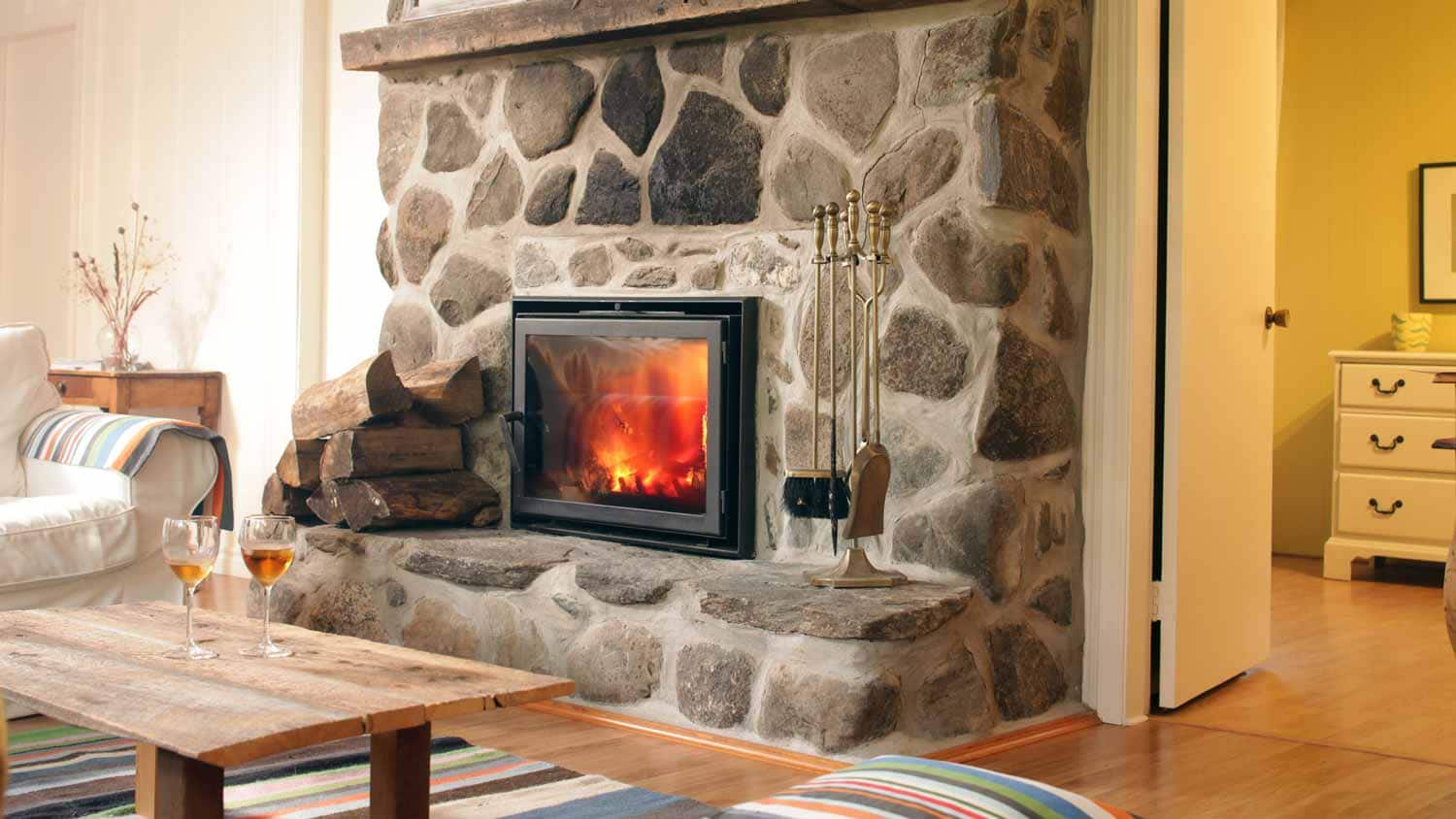
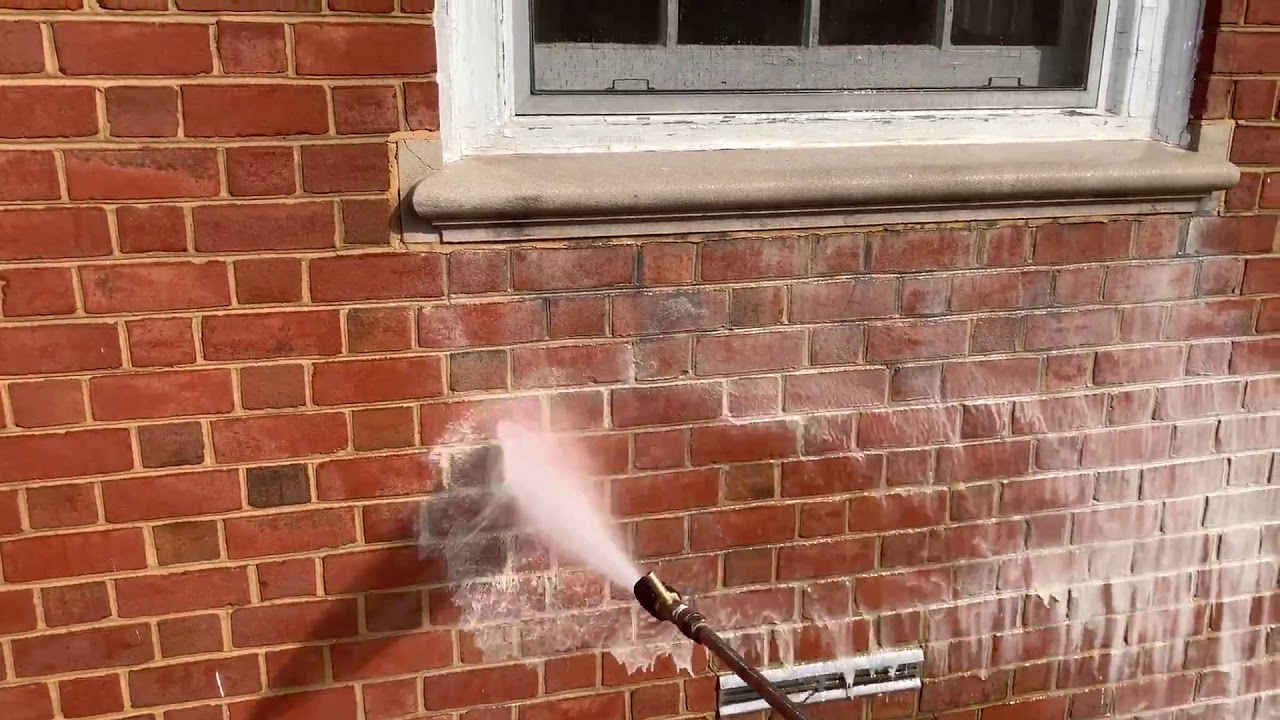
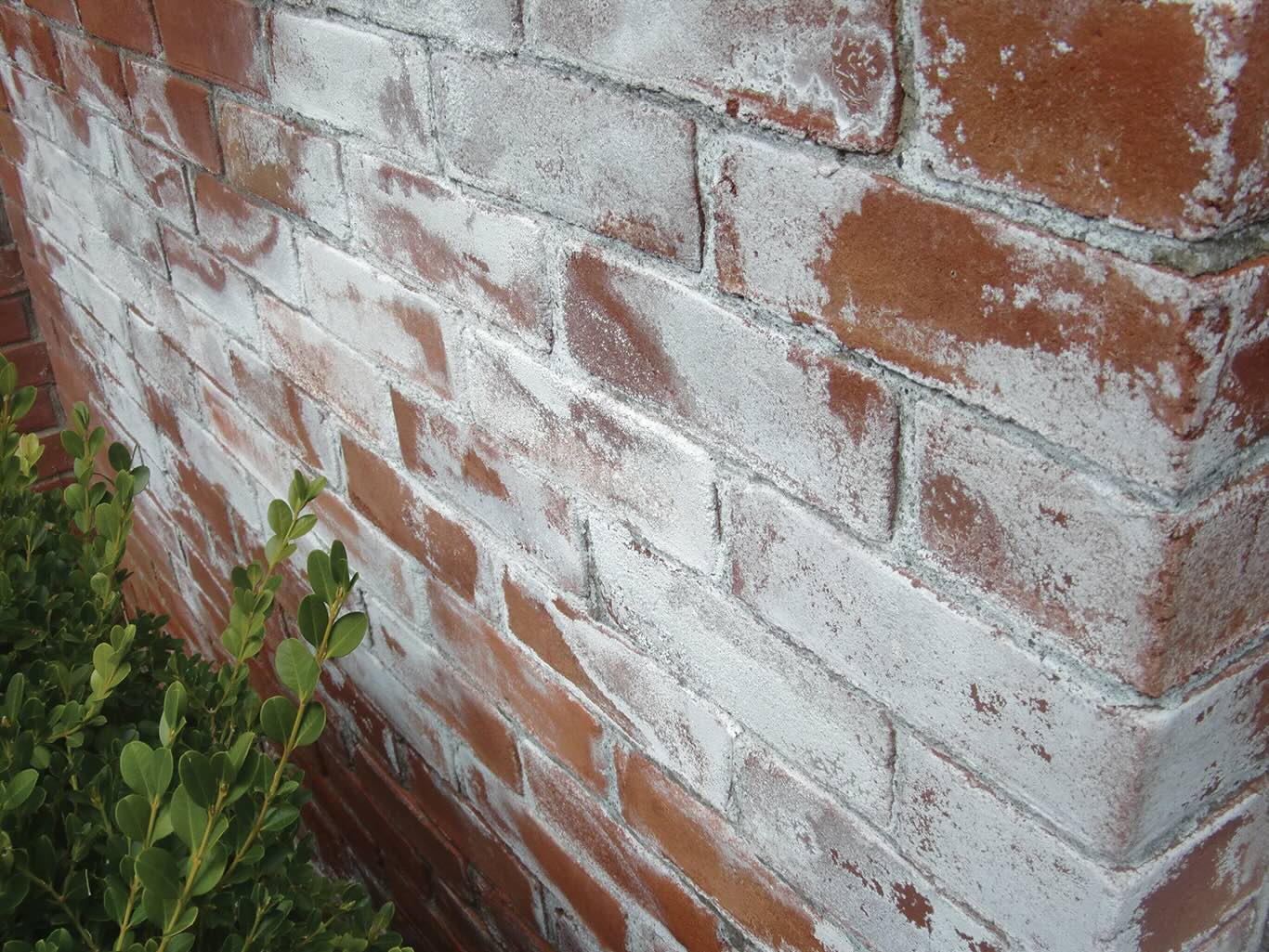
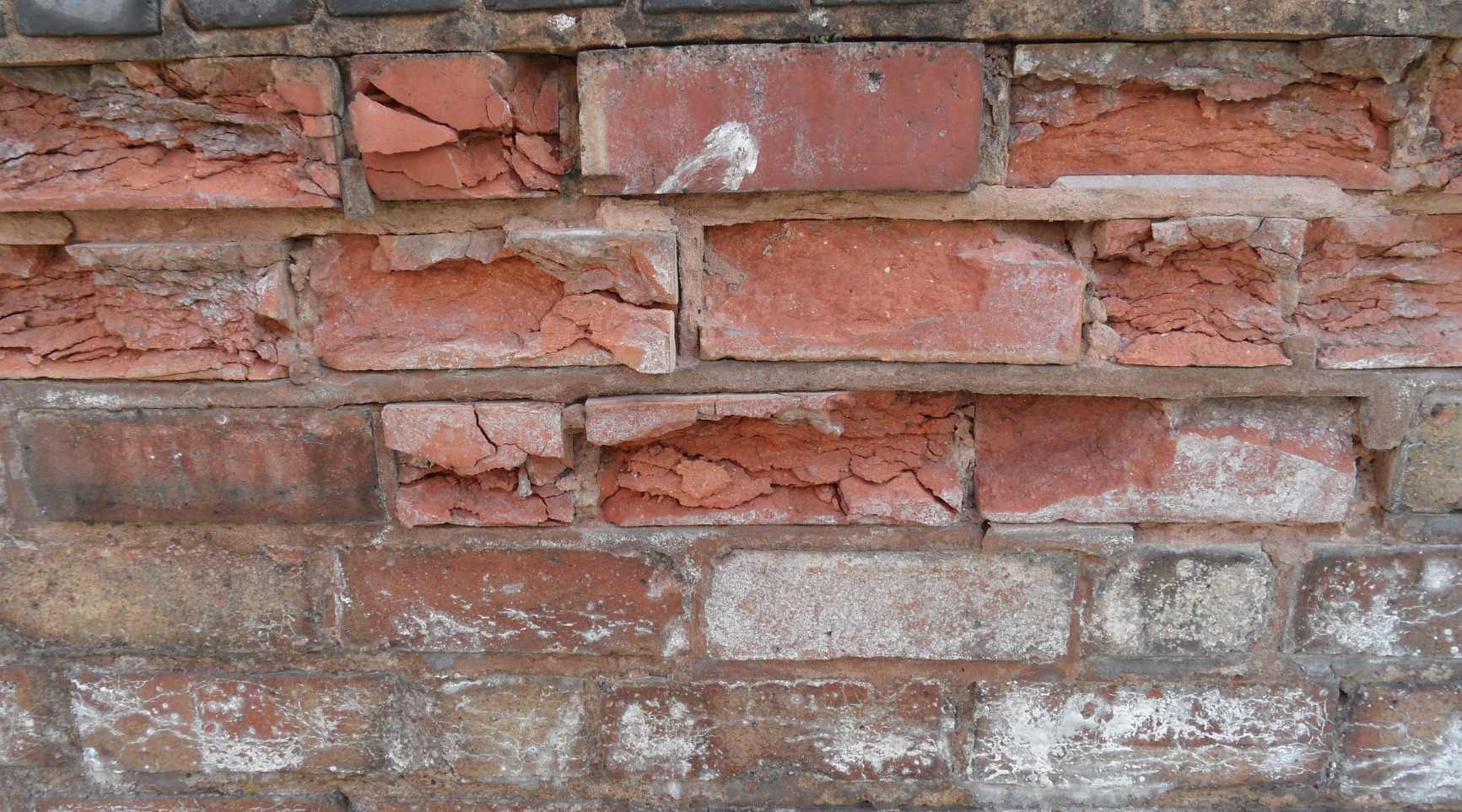
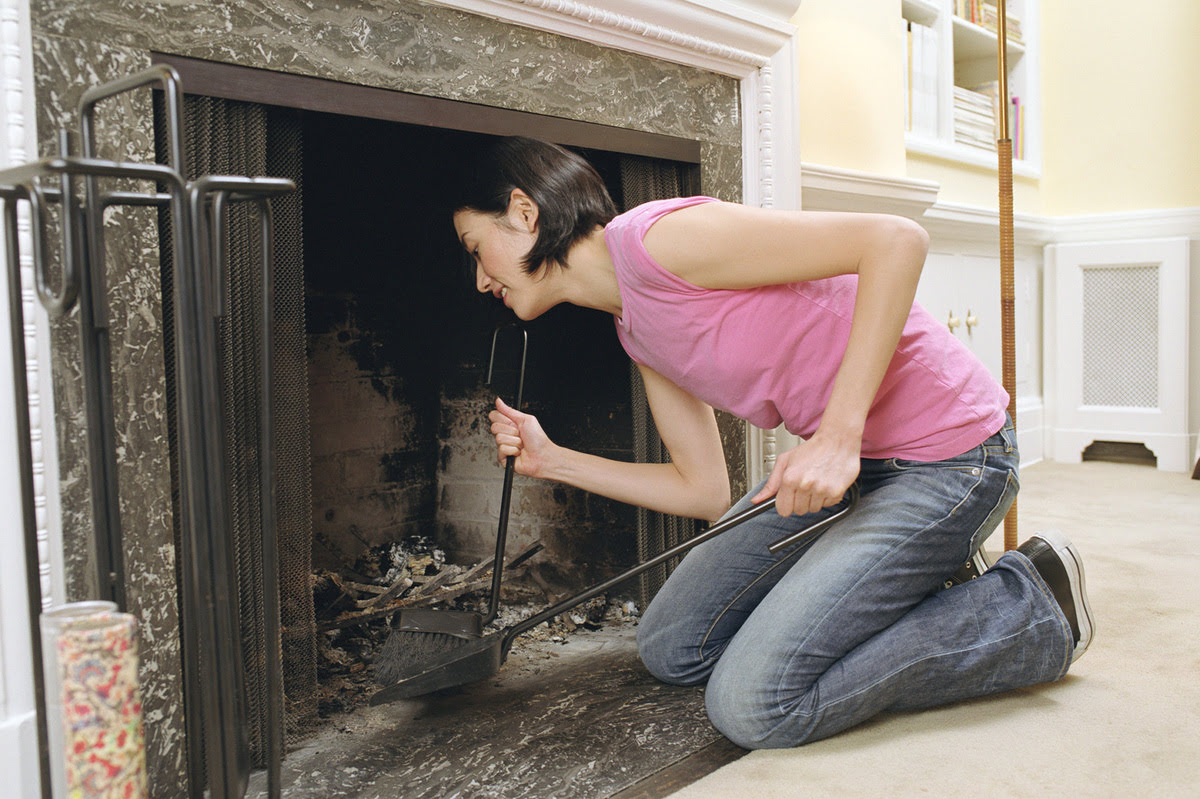
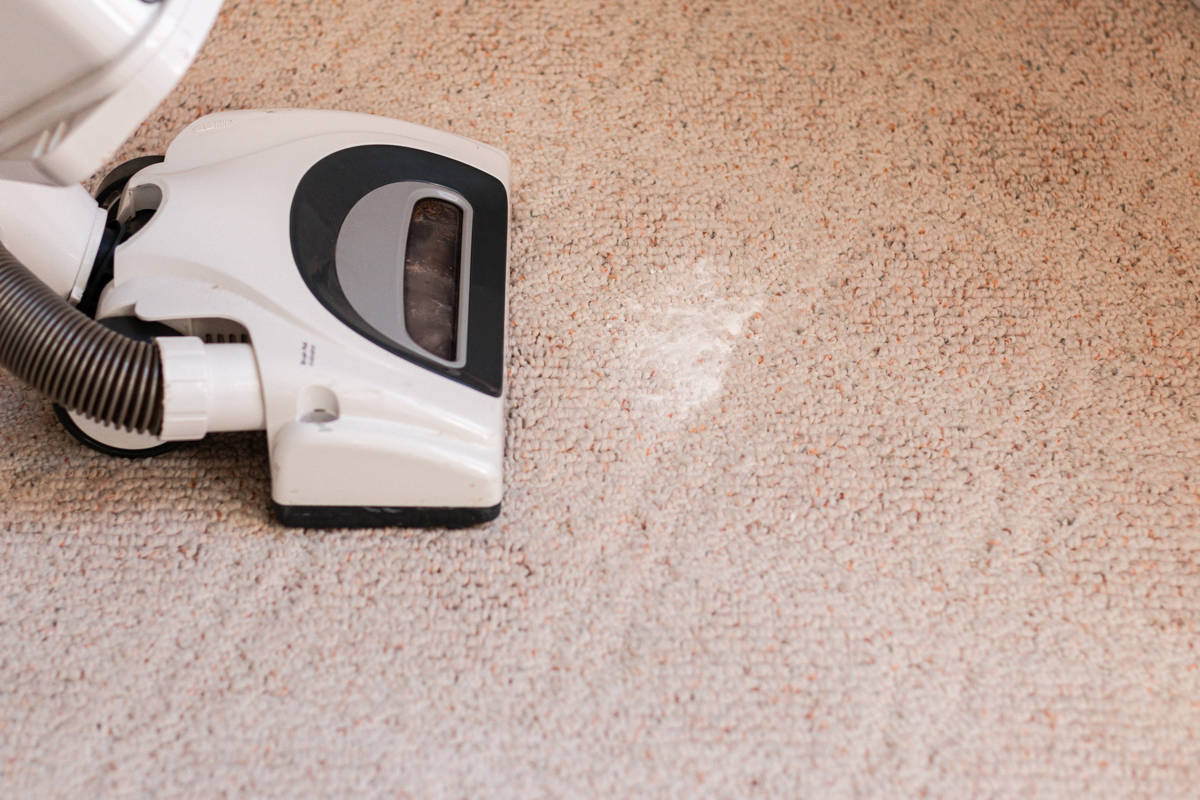
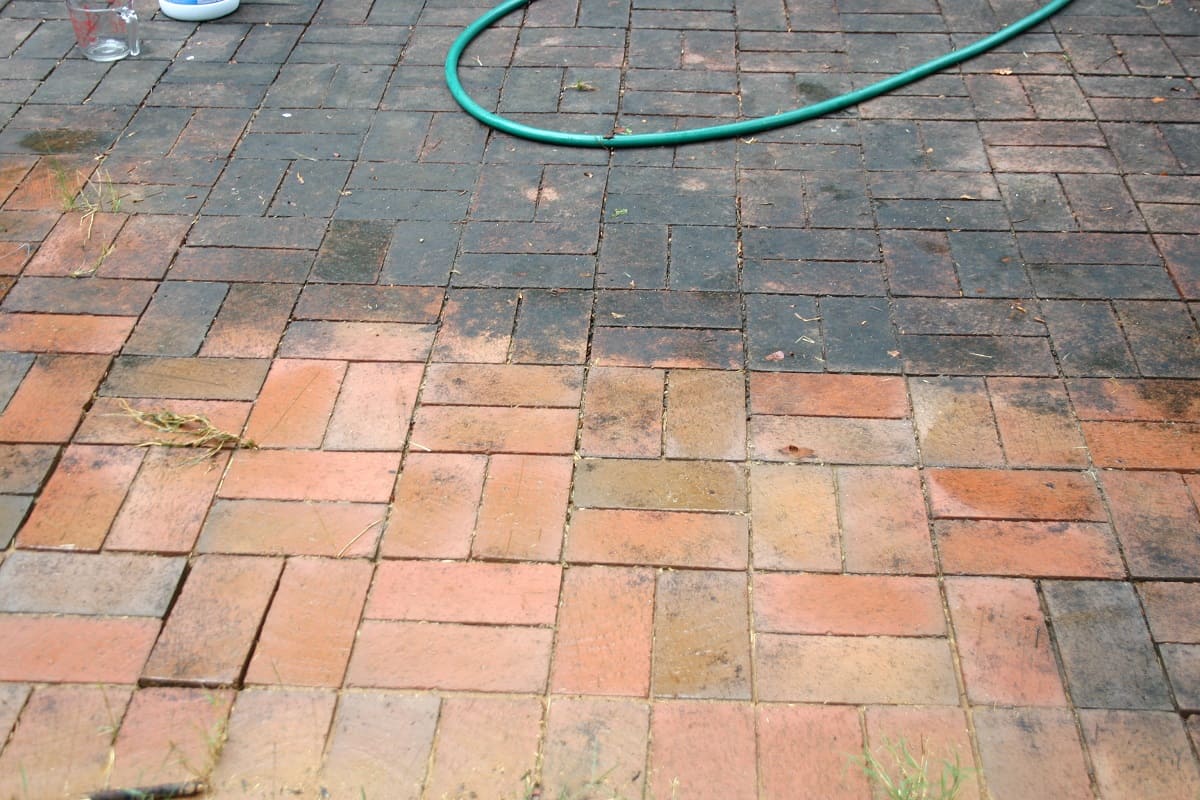
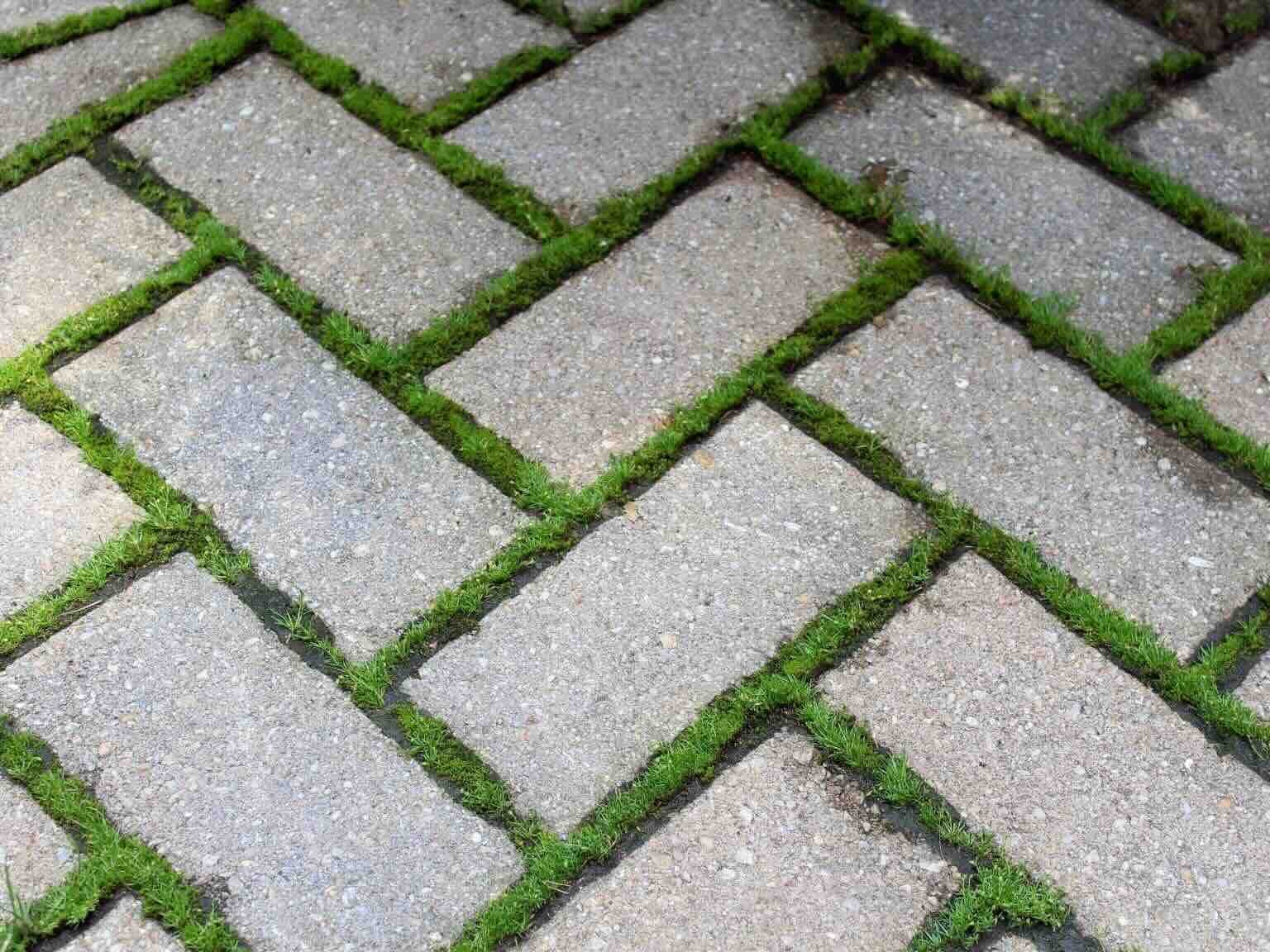
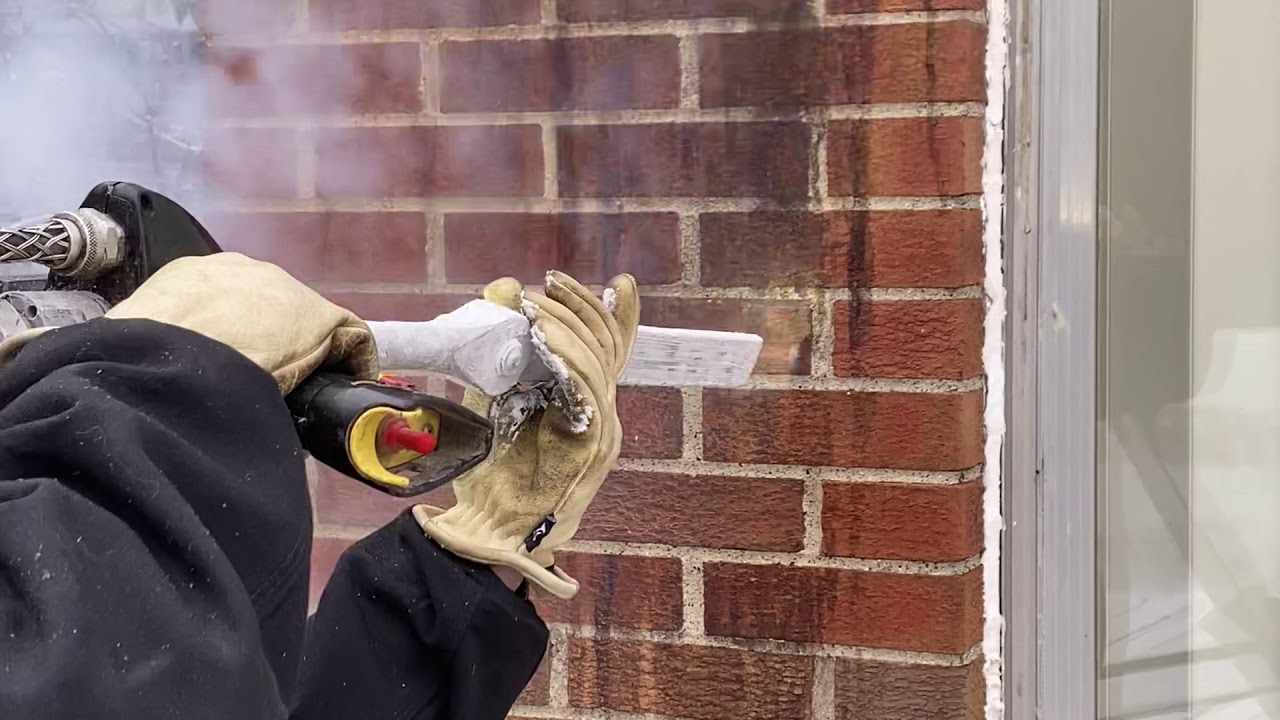
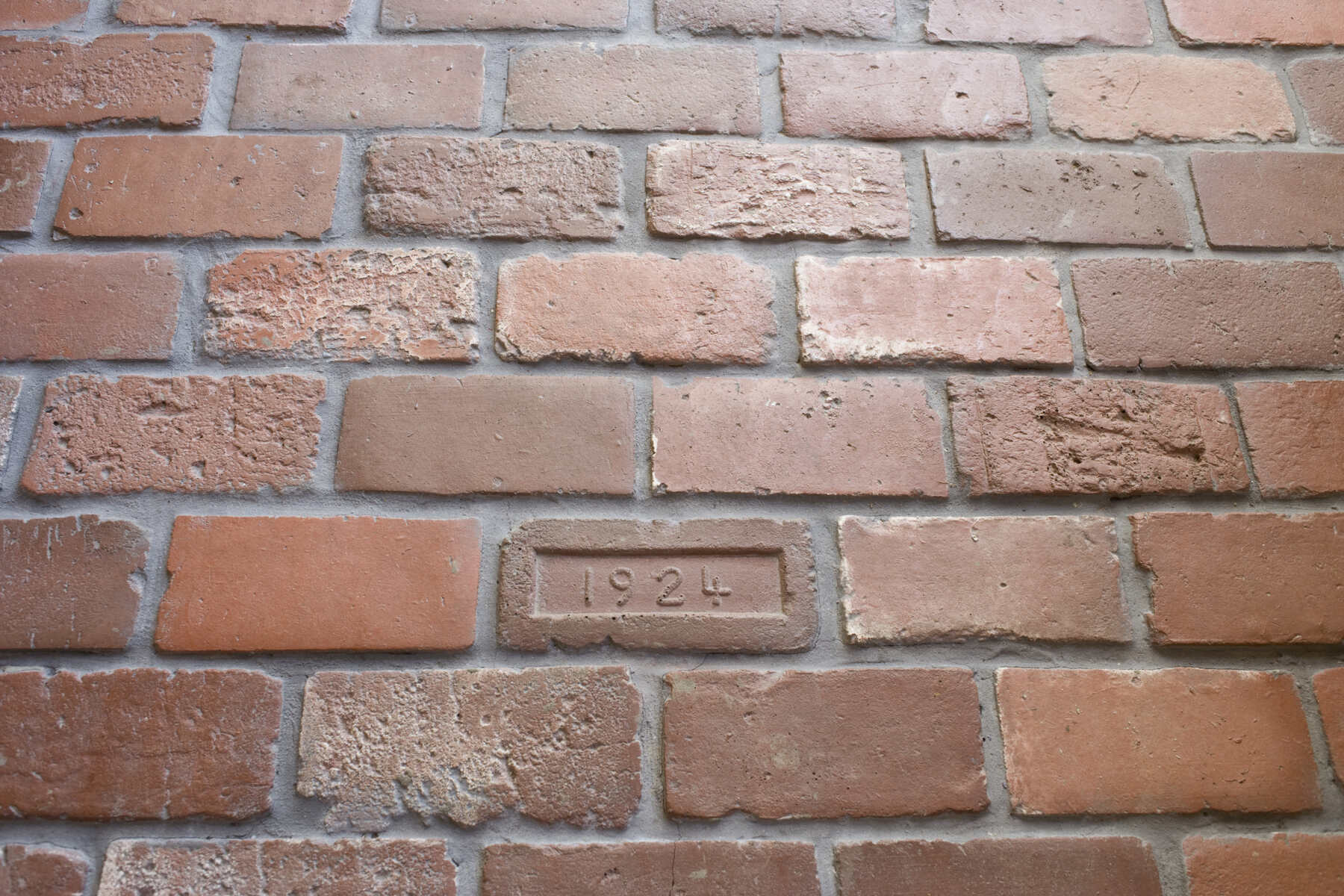
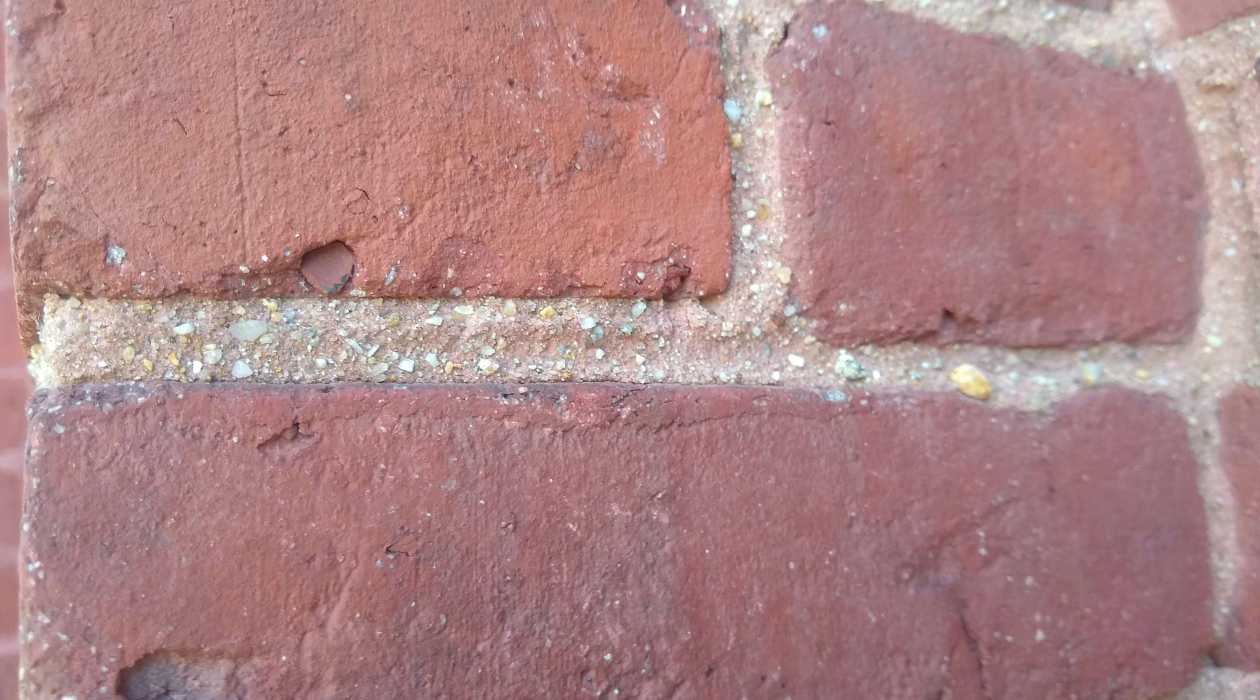
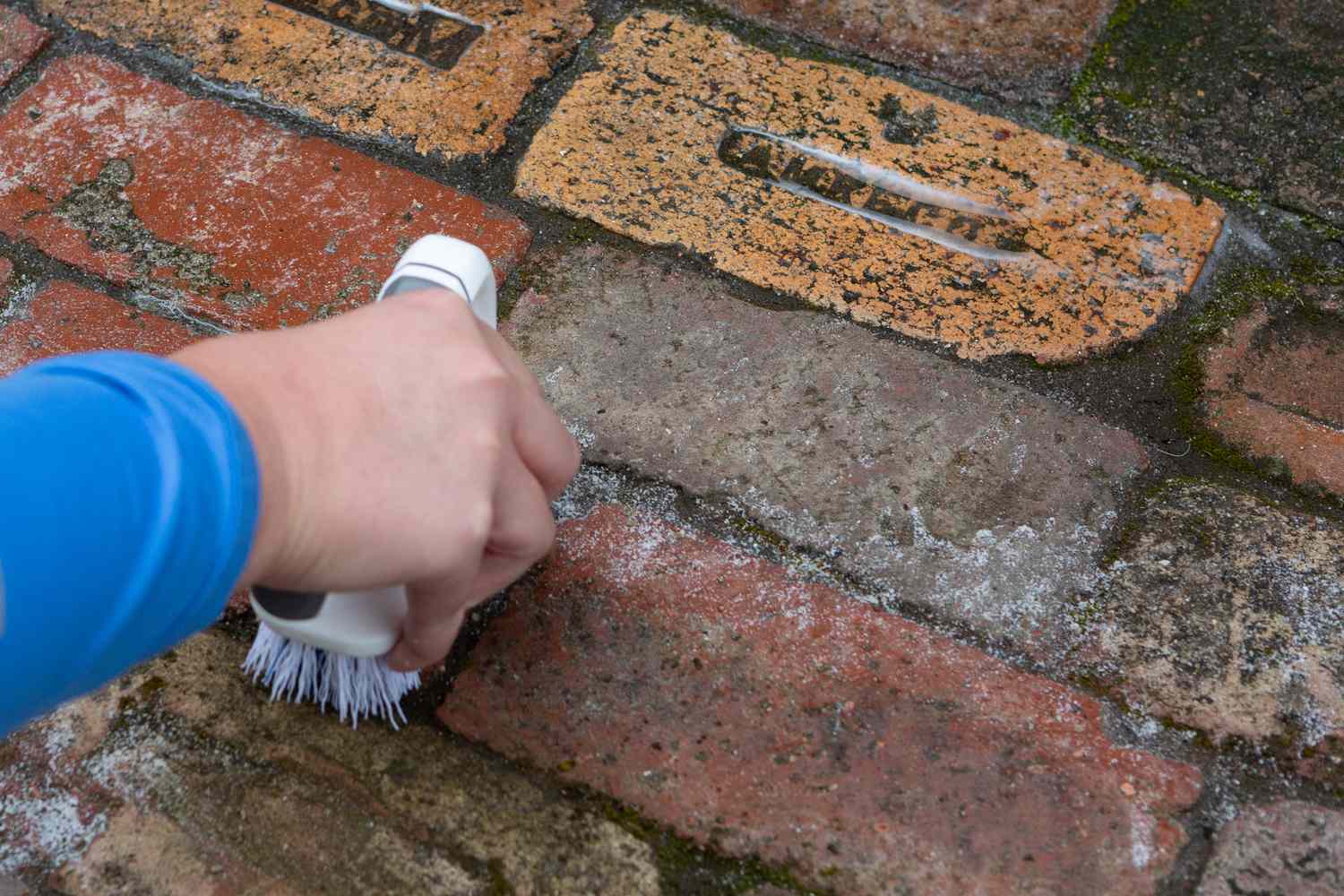
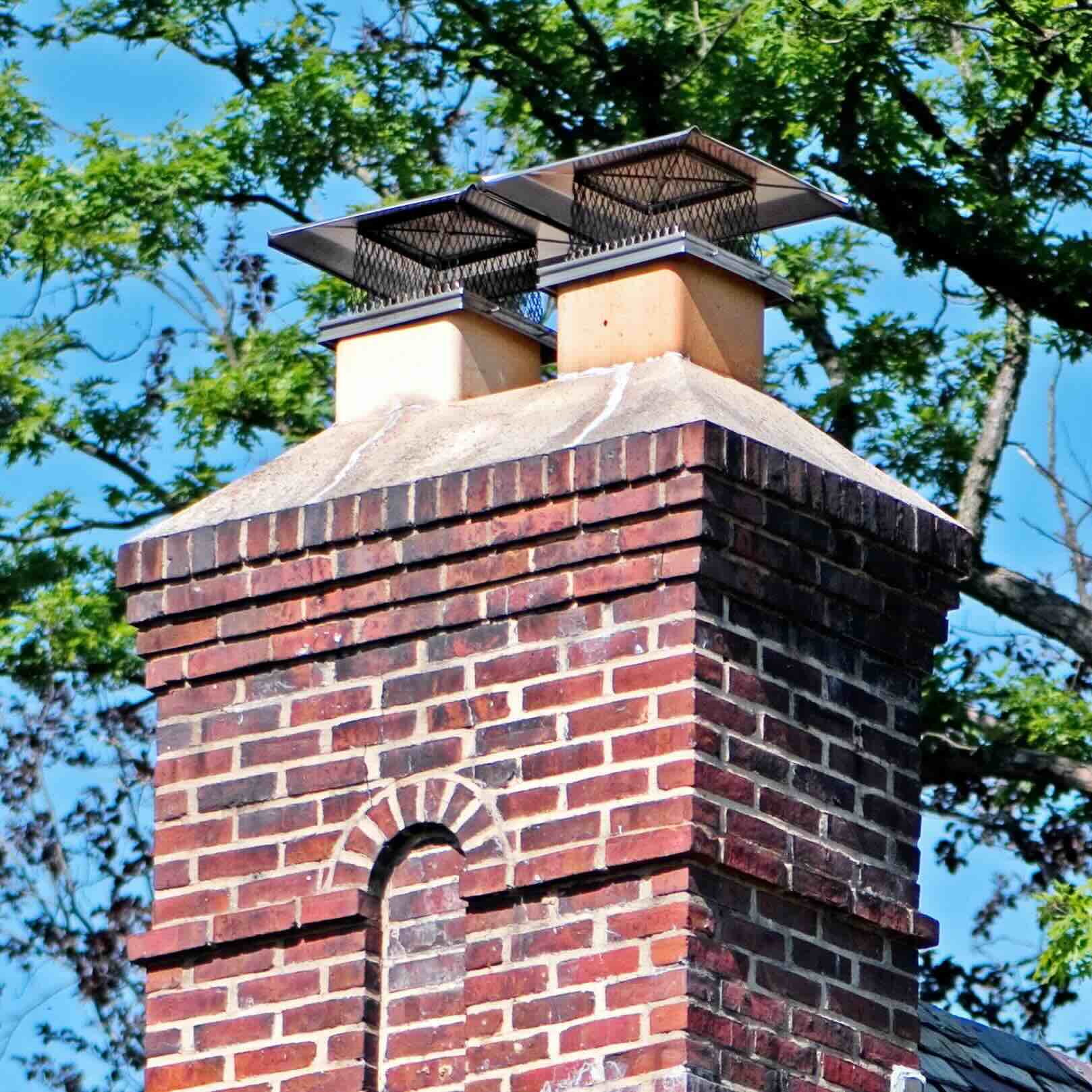
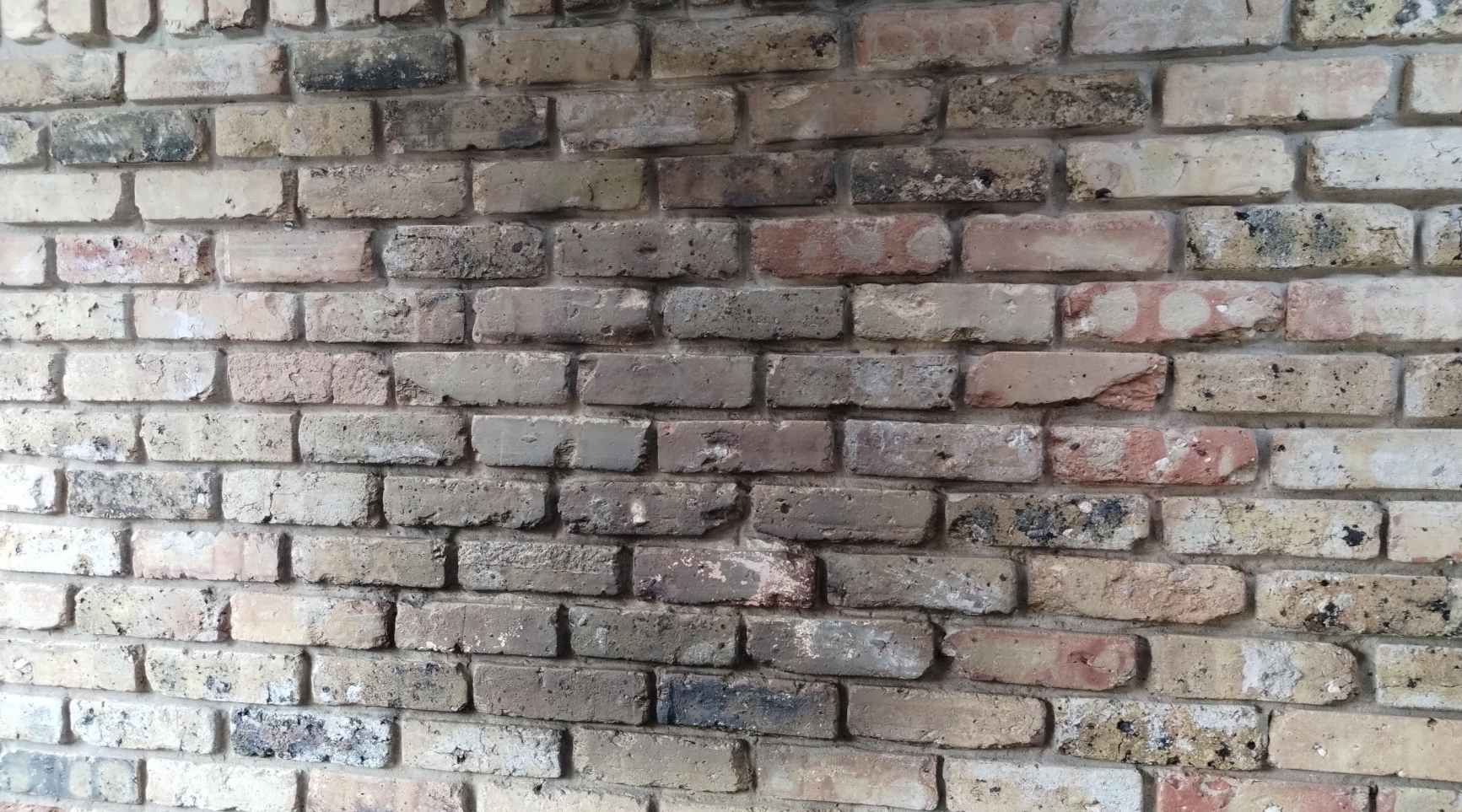

0 thoughts on “How To Clean Soot Off Of Brick”